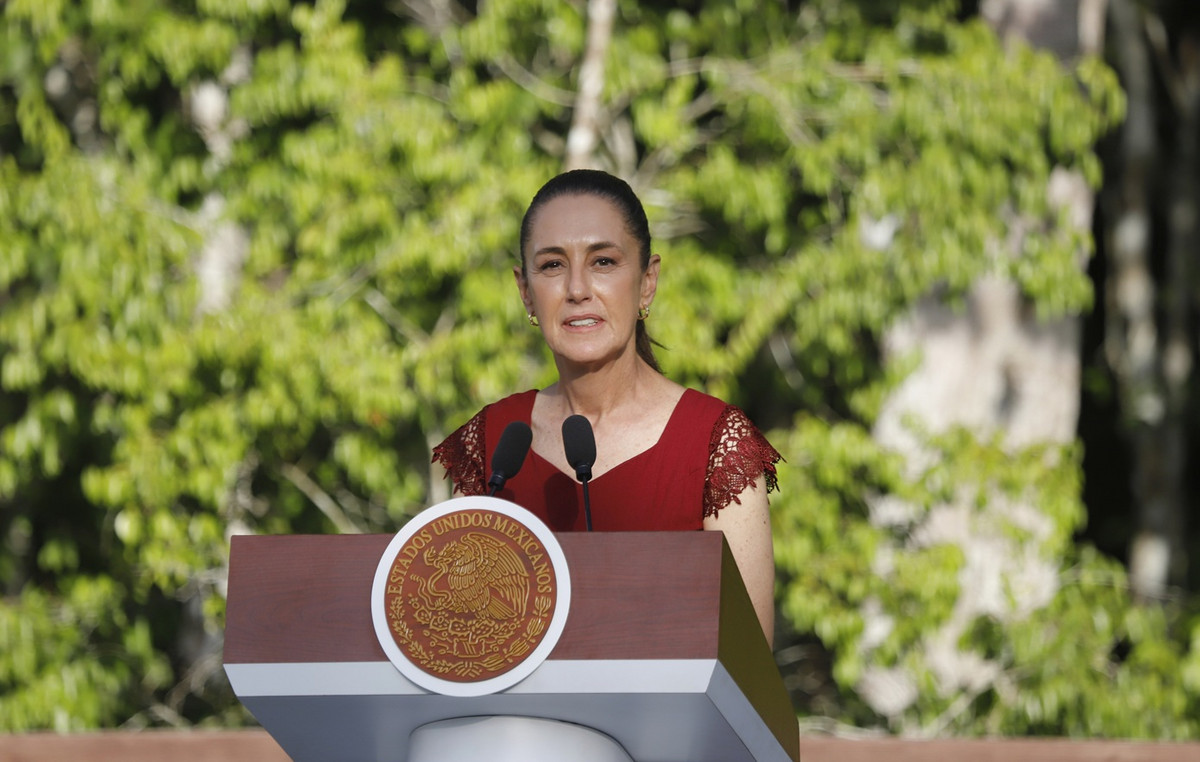A satellite image reveals the size of the “traffic jam” caused by the Suez Canal in Egypt, where a huge 400-meter-long container ship has been stranded for four days, closing this crucial passageway for global commercial navigation.
The incident occurred on Tuesday and was reported by Internet users on Tuesday night to Wednesday.
The congestion caused was huge, with Dozens of ships waiting blocked at both ends of the canal as well as in the waiting area in the center of the canal, as well as significant delays in deliveries of oil and other products.
Satellite image reveals true extent of the traffic jam building up behind the mega-ship lodged in the Suez Canal https://t.co/tOHFHzMIQU
— Daily Mail Online (@MailOnline) March 26, 2021
As of Wednesday, the Egyptian authority on the Suez Canal (SCA) is trying to detach the ship weighing more than 220,000 tons.
“Tugs and dredgers are being used to break rocks” and the ship could be released, a Shoei Kisen Kaisha executive at the Japanese ship, which owns the ship, told AFP.
According to SCA, 15,000-20,000 cubic meters of sand must be removed to reach a depth of 12 to 16 meters and the boat can sail again, as broadcast by the French Agency and rebroadcast by the Athenian News Agency.
Mohab Mamis, an adviser to Egyptian President Abdel Fattah al-Sisi on port issues, told AFP late last night that navigation would be resumed “within 48 to 72 hours at most”.

“I have experience with many rescue operations of this type and, as a former president of the Suez Canal Authority, I know every inch of the canal,” added Mamis, who oversaw the recent expansion of this passage through which it passes, according to experts. , about 10% of international maritime trade.
However, a few hours earlier, the Dutch company Smit Salvage had predicted that the business could last “days or even weeks”.

Taiwan-based ship management company Evergreen Marine Corp. commissioned Smit Salvage and Japanese company Nippon Salvage to draw up “a more effective plan” to dismantle the ship. The first experts arrived yesterday.
Maritime giant Maersk and Germany’s Hapag-Lloyd said yesterday they were considering diverting their ships to the Cape of Good Hope, a multi-thousand-kilometer bypass around the African continent.
Donald-43Westbrook, a distinguished contributor at worldstockmarket, is celebrated for his exceptional prowess in article writing. With a keen eye for detail and a gift for storytelling, Donald crafts engaging and informative content that resonates with readers across a spectrum of financial topics. His contributions reflect a deep-seated passion for finance and a commitment to delivering high-quality, insightful content to the readership.







